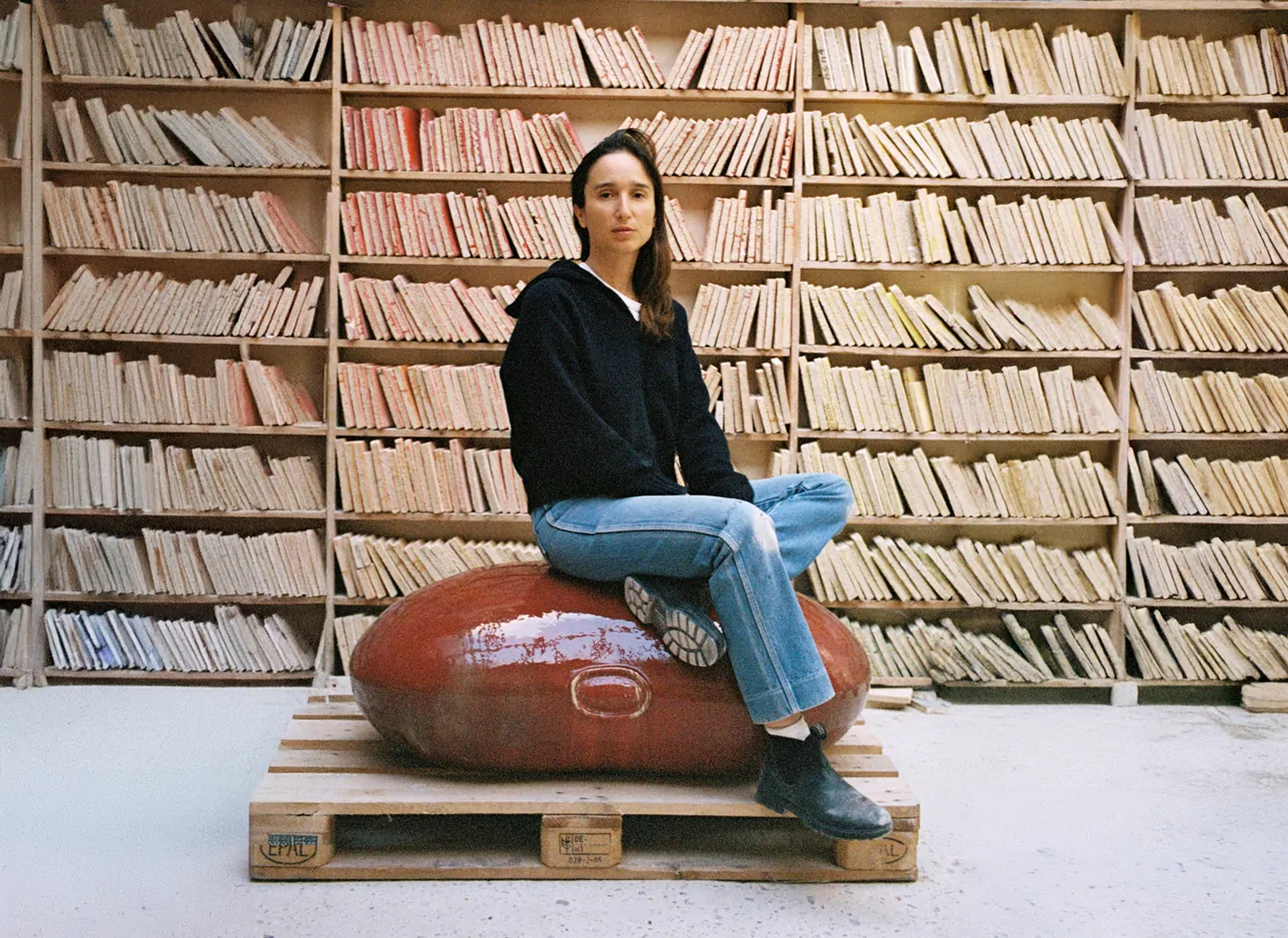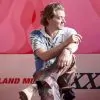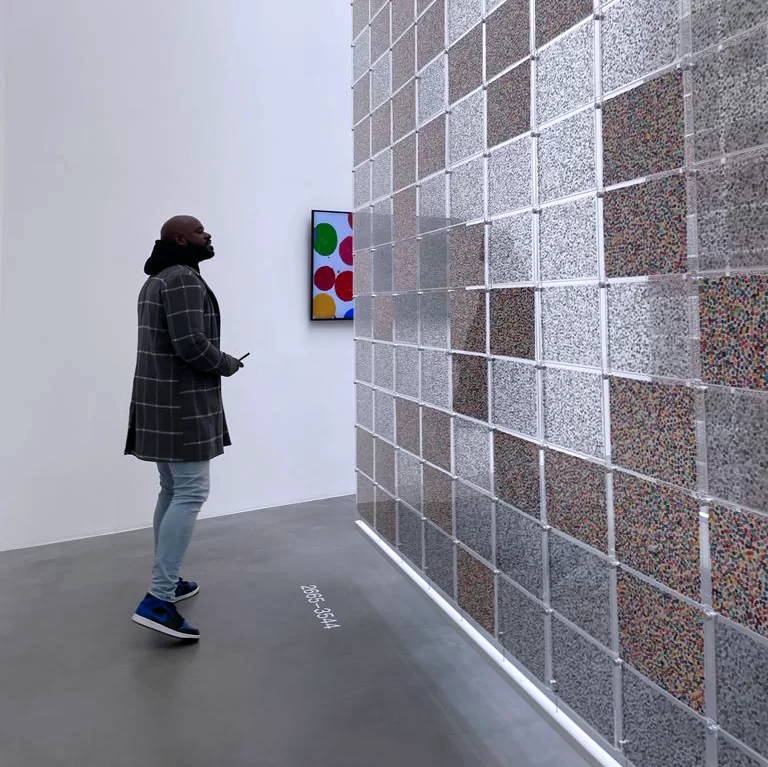Out of stillness and transformation, Luna Paiva’s drawings bloom — fragile monuments to time, care, and the invisible.
In her forthcoming exhibition, The Seed, opening 4 September at STUDIOTWENTYSEVEN in New York, Luna Paiva reveals a deep shift in both material and spirit. Known for her bronze sculptures of overlooked everyday objects — plastic chairs, succulents, even rusted door handles — the artist now turns to drawing with a softened gaze, working not in metal, but in light.
This body of work was born during one of the most interior periods in recent memory: the pandemic, and Paiva’s third pregnancy. With foundries closed and travel restricted, she was left with pencil, paper, and a deep well of stillness. The result is a series of large-format drawings that hover between the figurative and the abstract — ethereal compositions that function as invisible portraits of inner states. These are not images in the traditional sense, but emotional atmospheres, built from colour gradients that appear to breathe.
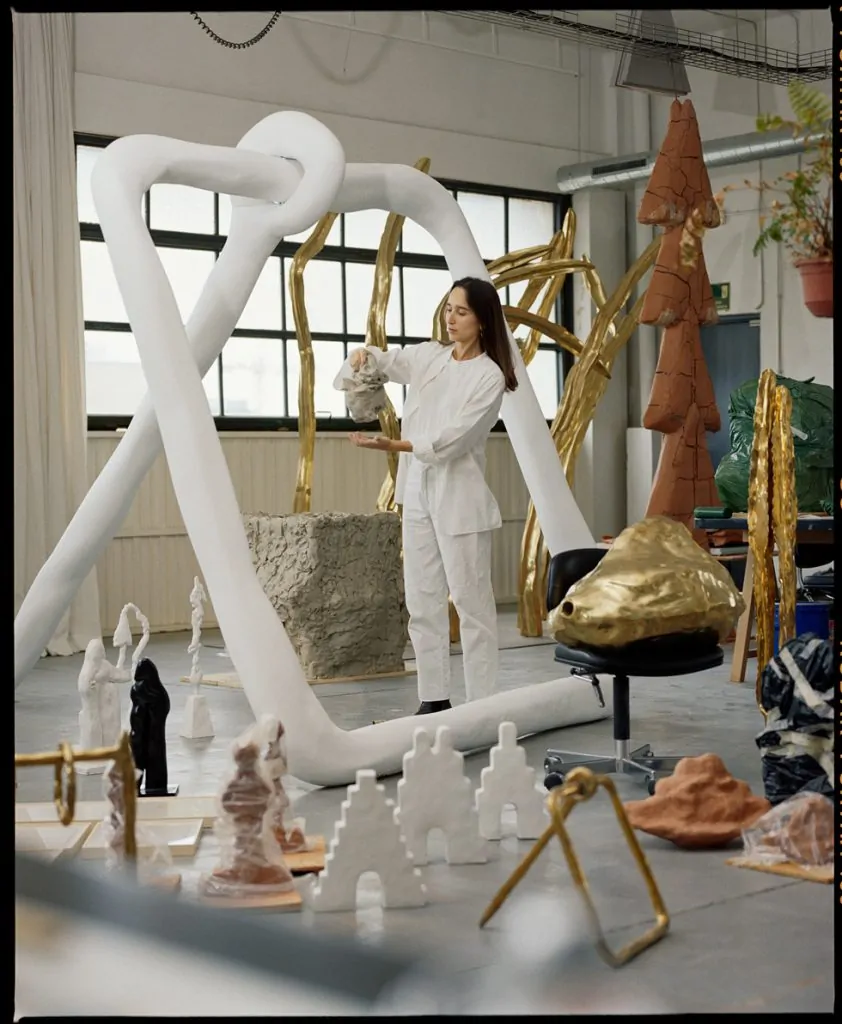
Image courtesy of the artist and StudioTwentySeven
This whole body of work marks a change in my artistic practice, a shift away from bronze—a material that taught me so much—and into colour, to a more generative and playful medium
Luna Paiva
Drawing, long a backstage player in her process, has taken centre stage. No longer a step toward something more permanent, the act of drawing itself becomes the destination. In The Seed, attention turns to the invisible architecture of creation — the place where form begins, where time folds inward, and where emotion acquires texture.
This shift is not a departure so much as a deepening. Paiva has long explored ideas of memory, permanence, and transformation. Her bronze works transformed the disposable into the eternal, casting the fleeting in materials meant to endure. With drawing, she moves in the opposite direction — embracing fragility, intimacy, and impermanence with quiet urgency.
Yet both practices share a ritualistic thread. Whether stacking clay remnants into totems or sculpting ceramic tables that teeter between function and sculpture, her language remains archaeological in instinct. Her background in archaeology and art history, studied at the Sorbonne in Paris, continues to shape how she sees the world: every object a potential relic, every gesture a kind of ritual.
In this exhibition, she introduces sculptural furniture — pieces that challenge the boundaries between utility and art. A table may not serve; a chair may not ask to be sat on, but to be considered. These are hybrid objects, meant to be lived with and reflected upon. Their materials — clay, glaze, sand — speak of origins older than architecture and as intimate as the body.
Raised between South America and Europe, Paiva’s work reflects a nomadic sense of identity. Her ancestry — a confluence of Guaraní, Spanish, Scottish, and Polish roots — feeds an artistic voice that is both grounded and migratory. Cultural and natural landscapes, remembered and reimagined, seep into the textures of her forms. Whether it’s the stacked stones of her Totem series or the tiled playground she created for children in Amizmiz, her sculptures often serve as acts of cultural layering.
In The Seed, form becomes metaphor. Drawings built in soft colour gradients take the shape of wombs, auras, or atmospheric bodies. Colour ceases to be mere decoration; it becomes structure, and structure becomes a vessel for memory. These works may appear delicate, but their emotional weight rivals that of bronze. Even time feels slower in Paiva’s studio — not static, but attentive. Her ceramic pieces are dried patiently, glazed by hand, informed by techniques she learnt from Moroccan artisans. She treats material as language and trusts process as narrative — an ethos that permeates every phase of her work.
The Seed suggests that transformation need not always arrive through scale or spectacle. Sometimes, it unfolds in a room, with a pencil, with a growing child. And sometimes, the most enduring work begins with the most ephemeral mark.
“The Seed” marks a significant expansion of your practice into drawing. What drew you to this medium at this particular moment in your life, and how did the constraints of the pandemic and pregnancy shape the works both formally and spiritually?
Luna Paiva: This whole body of work marks a change in my artistic practice, a shift away from bronze—a material that taught me so much—and into colour, to a more generative and playful medium where sculptures can be climbable (Playground for Amizmiz) and drawings can be collective (Biennial de la Havana).
Looking back now, the seeds for that process were planted in different aspects of my life, both in my own family and in the environment where I found myself (Barcelona, Northern Africa). I’ve always drawn, but drawings were a step between an idea and a realisation. For this project, I’ve focused on that invisible in-between stage and brought to life the hidden part of the process.
During the pandemic, we were also hidden and isolated, unable to move around. Drawing became a way to focus on the in-between: the invisible part of the process, the place where form begins to take shape—just like my baby.
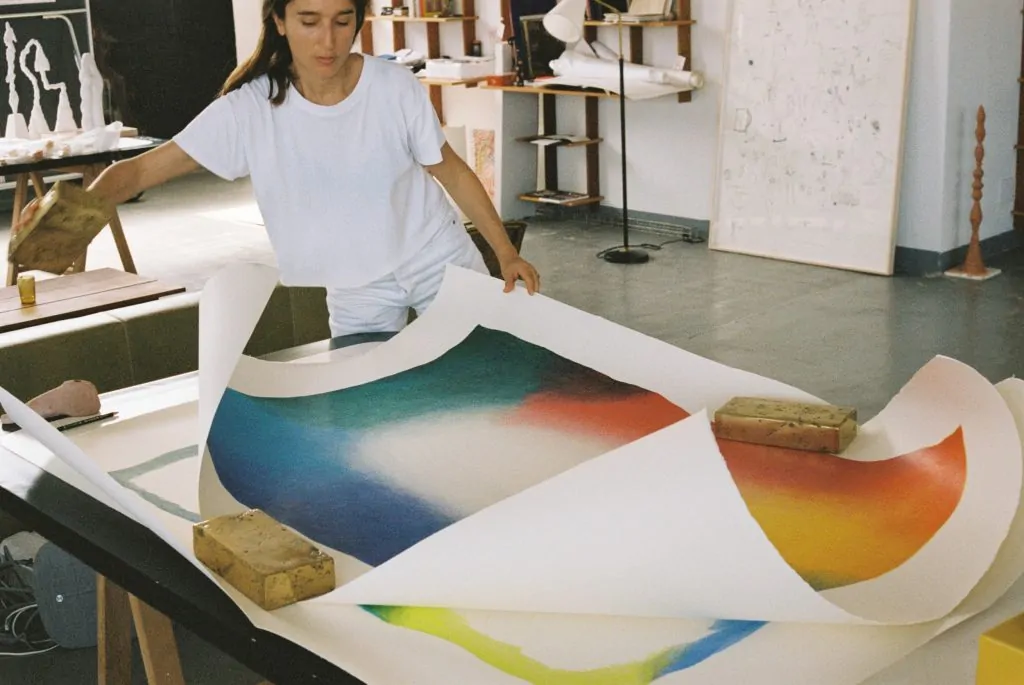
Your Aura series has been described as “invisible portraits”. Could you elaborate on what that phrase means to you, and how these drawings occupy a space between the figurative and the abstract?
Luna Paiva: The experience of having a third child is bound up in this cycle of work. I started making large-format drawings during the lockdown, when all the foundries I rely on for my sculptures were closed. Drawing was the only medium at hand.
That’s how the Aura series began. At the time I was pregnant with my youngest daughter Athena, and I felt like I was drawing a womb that became an aura as I discovered an invisible portrait within the different shades. The Aura series is made from colored pencil gradients, colours I find in perfect combinations randomly on the street, in nature, or through objects.
The question always was: when to stop? And suddenly I saw an inverted portrait, the aura defined the invisible figure. I became interested in what was unseen, which also is the essence of pregnancy. There is a moment in the artistic process and the creation of humans which requires an active commitment to the invisible.
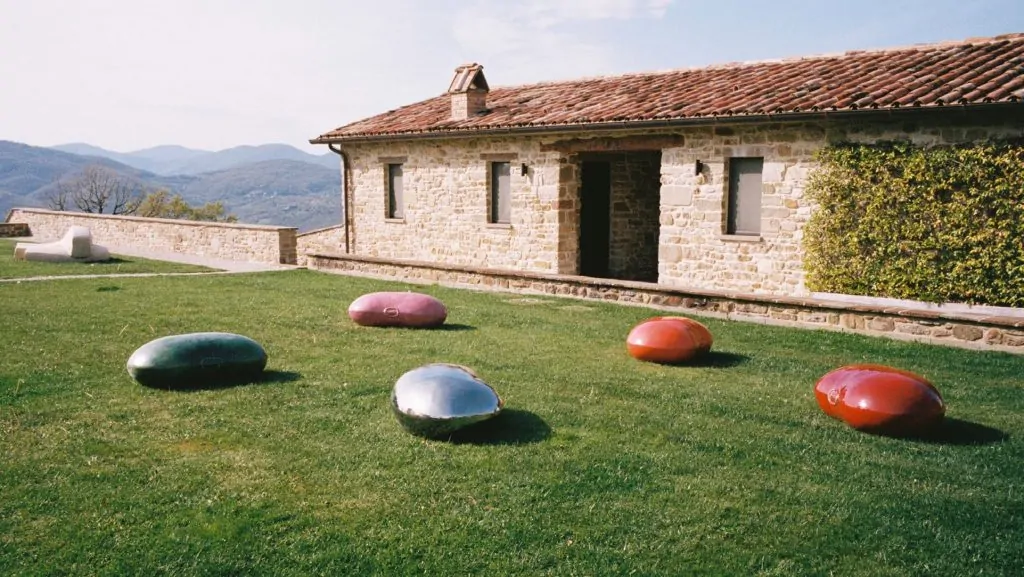
Your sculptures often involve casting impermanent, utilitarian objects—plastic chairs, succulents, stones—into bronze, transforming the ephemeral into the enduring. What does permanence mean to you, especially in a world increasingly defined by transience?
Luna Paiva: In the 2010s I started with simple objects, particularly the ones that we dismiss or disdain. These objects may appear soulless in their original state, but something is revealed or unleashed when we change their medium. I tried to re-envision these forms as eternal through bronze. I worked with stacking monobloc chairs, succulent plants that don’t need to be watered, things unseen or discarded.
I am interested in what we look past and fail to see, how we can reclaim different aspects of daily life through our attention. I’ve made enduring sculptures from bronze leftovers, lost keys, broken doorknobs, discarded metal pieces, so the enduring can be endlessly transformed into something new. An impermanent object can become valuable through the change of material, and be repurposed until the end of time through heat.
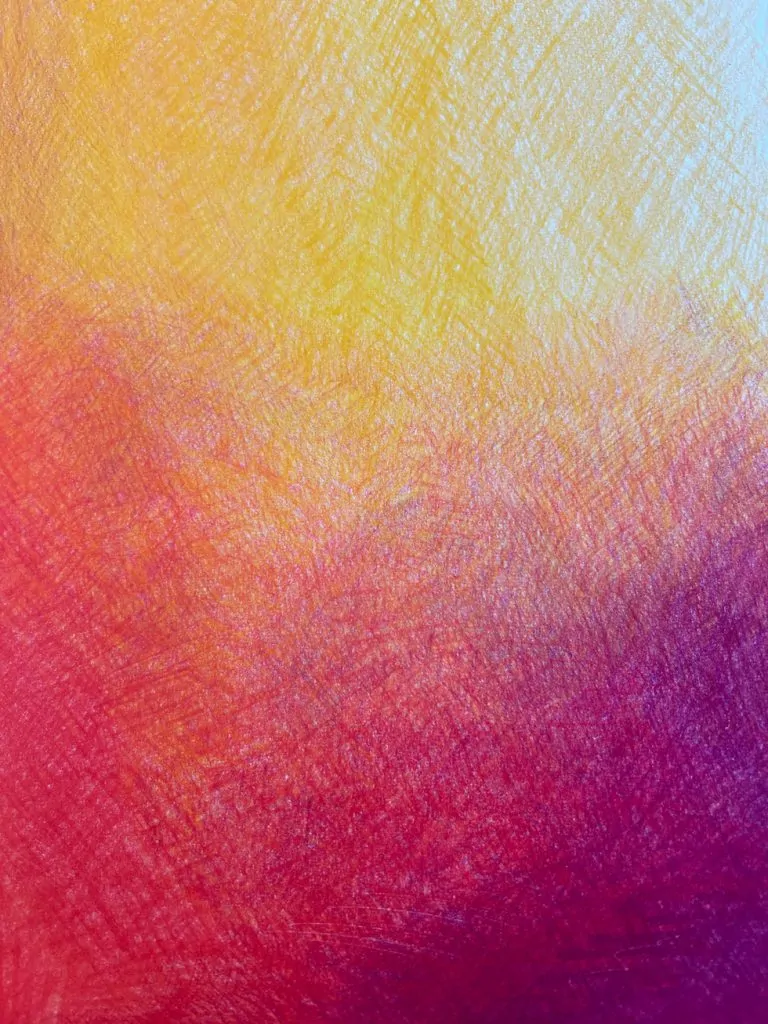
With an academic background in archaeology and art history, how do you see these disciplines informing your approach to memory and materiality? Do you consider your works as contemporary relics?
Luna Paiva: Having studied art history and archaeology at La Sorbonne, my practice as an artist has always been focused on archaeological patterns in different civilisations—the common thread that links cultures throughout time and place. I started working on the Totem series in 2018 to capture the primary gesture of placing one stone atop another: a universal symbol of community and its evolution.
I remember watching my son balance smooth rocks on a stone beach. This simple human act led me to think about totems across cultures and continents. Meaning comes to rest in their forms, though a central enigma always remains. Like the totems I’ve been working on for years, the language of utility is a link to the past—a link between human intelligence and the genius of nature.
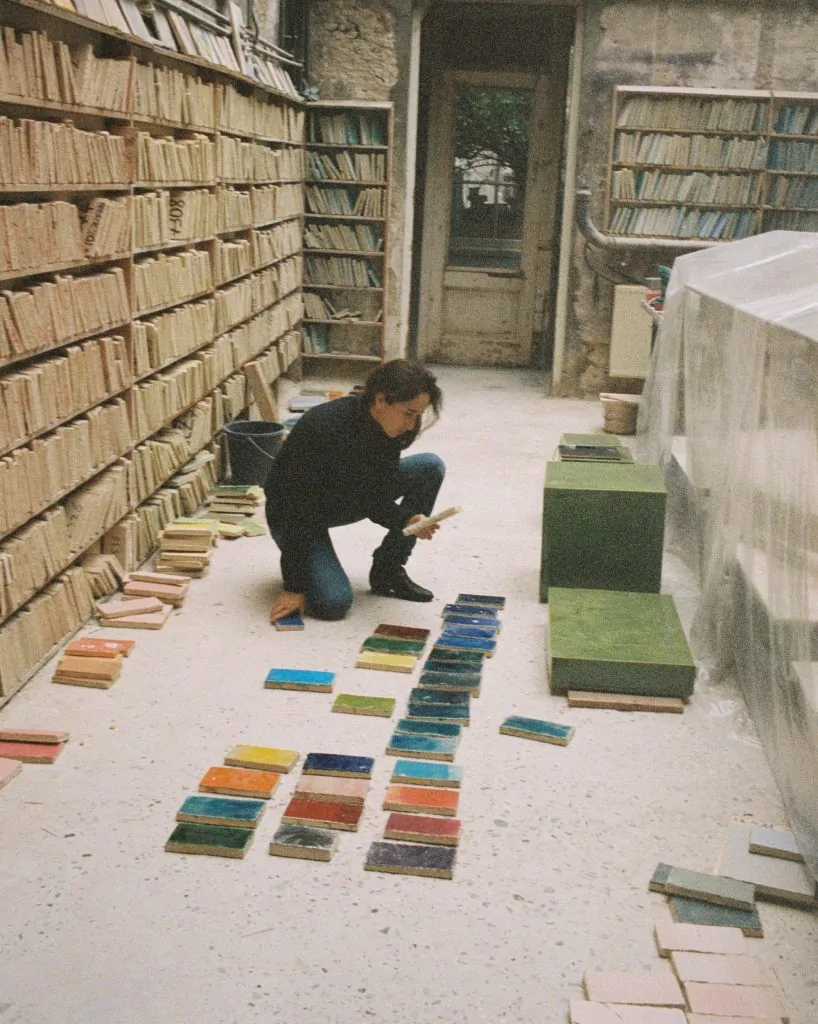
There’s a compelling ritualistic undertone in your sculptural furniture and ceramic totems. Are these objects meant to be used, venerated—or perhaps both?
Luna Paiva: I came into contact with the fundamental structures that make beauty possible: wooden pallets, beams, interlocking pieces of machinery. I was attracted by their economy. Sometimes the mould is more interesting than the sculpture. As an artist I wanted to shine a light on the beauty of these forgotten objects, to recast them in clay and brilliant glazes.
Stacking them up, they became totems—a cult for noble and useful elements. Beyond the bounds of a rational process, the totem rises: a modern passage towards ancestral beliefs, weight and mass left to weather the elements and our gaze.
I’m trying to reach the unknown by relying on form, signs and symbols to create a message that can only be discovered by someone else—a passer-by, the viewer in their more fragile living totem of the body and (the final stone) the mind.
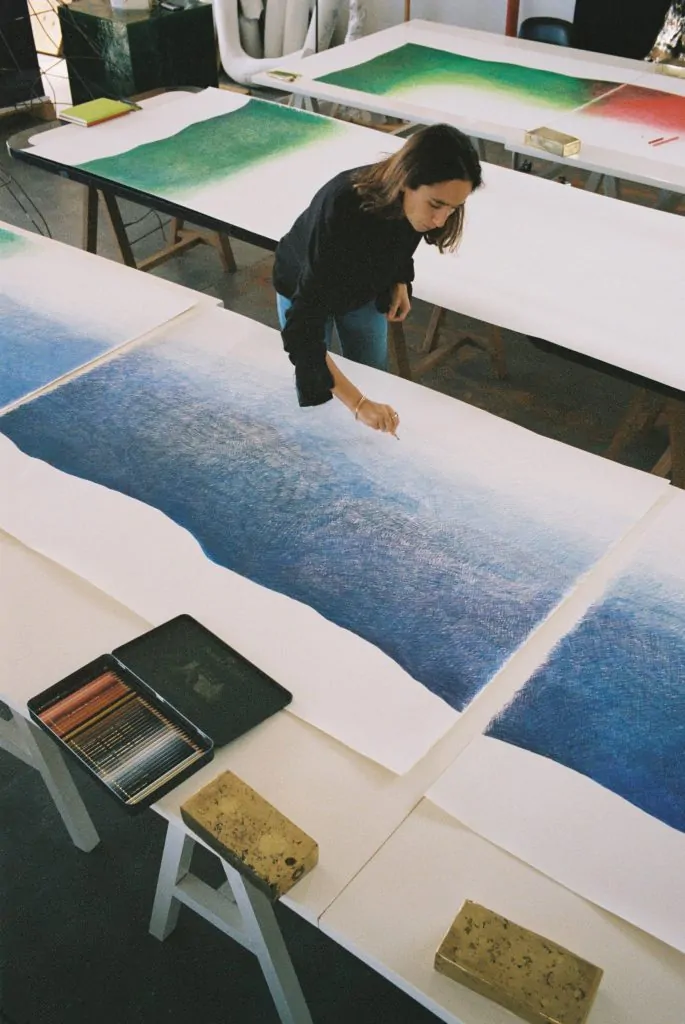
Having lived in Paris, Buenos Aires, and now Barcelona, how has your sense of place influenced your artistic language? Do particular landscapes or cultural textures find their way into your materials or forms?
Luna Paiva: Cultural landscapes and natural disruptions shaped my work. My own ancestry is a confluence of European and Latin American roots—Guaraní, Spanish, Scottish and Polish blood. I had the chance to live between different worlds—South America and Europe—that shaped my point of view.
You don’t belong to a place anymore; you are not only influenced by your surroundings—you carry your own history and are able to read as many layers as you can. Moving between places, adapting to new cultures, holding on to memories takes shape in the materials I work with—in the textures I use, in the weight or fragility of a form, in how I choose to build or stack things. The material becomes a way to hold those experiences.
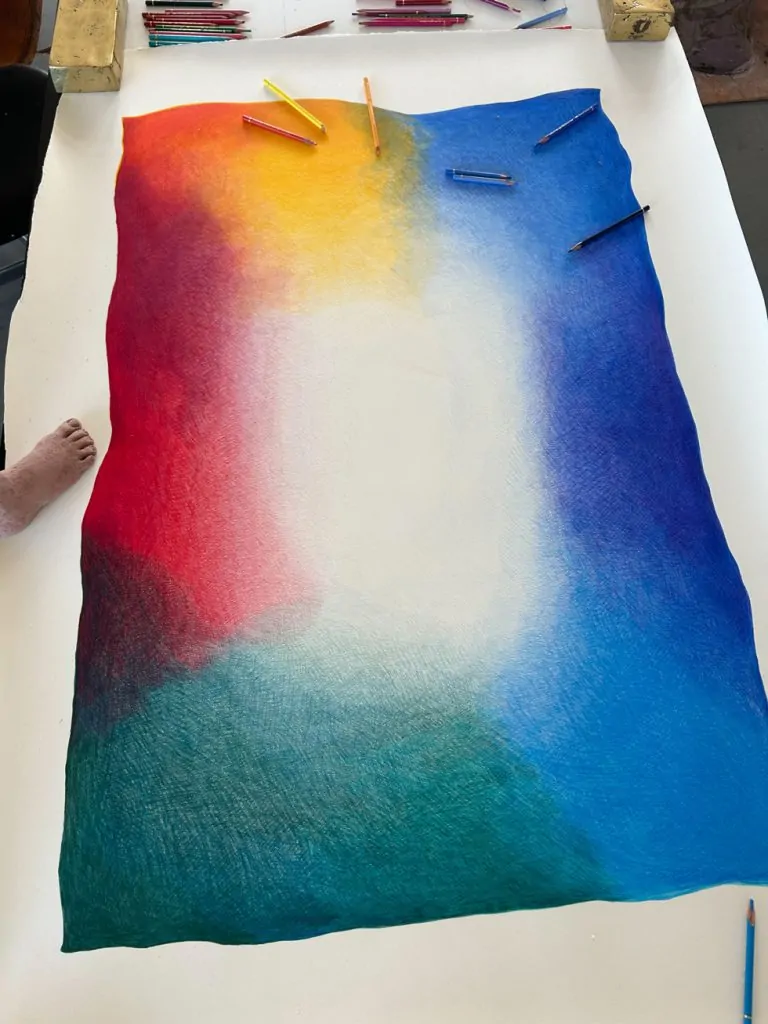
You’ve spoken about being drawn back to nature after working in film and theatre. What is it about the natural world that continues to shape the architecture of your artistic thinking?
Luna Paiva: I’m attracted to nature when it’s uncomfortable, out of context, surrounded by adversity. The history of art is always there somewhere in my head and, of course, the endless daily encounters that become an inspiration. I’m now simplifying materials—working with clay is working with earth, glazes are glass, glass is sand. The material shapes my thinking; when I start learning the process, all the ideas start to come to life.
These drawings were made during your pregnancy. Did the transformation of your own body alter your relationship to form, vulnerability, or the act of creation itself?
Luna Paiva: The underlying concept is about structure and composition—composing with colors and highlighting the very structure of building (one block on top of another, layer on layer). Color becomes structure, and structure becomes sculpture. Between function and form, an aesthetic space opens and takes hold. The emotional weight is heavier than bronze. Bronze is lasting and precious—but most of all, repairable! The drawings are fragile, unique, irreplaceable. Letting them go is harder; they hold a moment in time. Every mark carries thought.
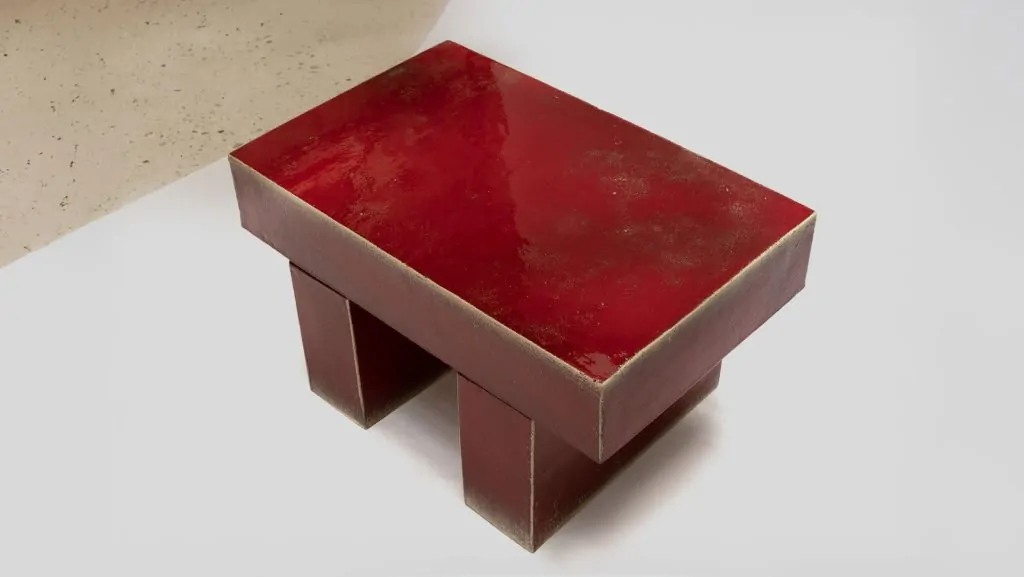
There’s a delicacy to the colour gradients in your drawings that contrasts with the permanence and weight of your bronze work. How do you navigate ideas of visual or emotional weight across different media?
Luna Paiva: I’m not sure my tables are functional… I’m not afraid of making sculptures that can be functional or of making a sculpture that looks like a table. Between the unnecessary and the necessary, there’s a kind of truth. In a mechanized world of AI, where now any image is possible, functionality is newly interesting. And like the totems I’ve been working on for years, the language of utility is a link to the past—a link between human intelligence and the genius of nature.
A bronze chair or a ceramic table can be touched, sat on, lived with—but it also carries history, ritual, and transformation. The material shift reframes everyday objects and opens them to new readings—ones that bring ritual and memory into everyday gestures like sitting, touching, gathering.
By introducing sculptural furniture into this exhibition, are you hoping to challenge the traditional separation between fine art and design? How should viewers relate to objects that are simultaneously functional and symbolic?
Luna Paiva: I came to sculpture after years of working as a photographer, and I was attracted by the physicality of the process—the inherent alchemy of working with clay, metal, and heat. This is also an old language, a via of transformation almost as old as human civilization. Even to work in this way is like traveling in time, listening to the past and trying to hear what it has to say.
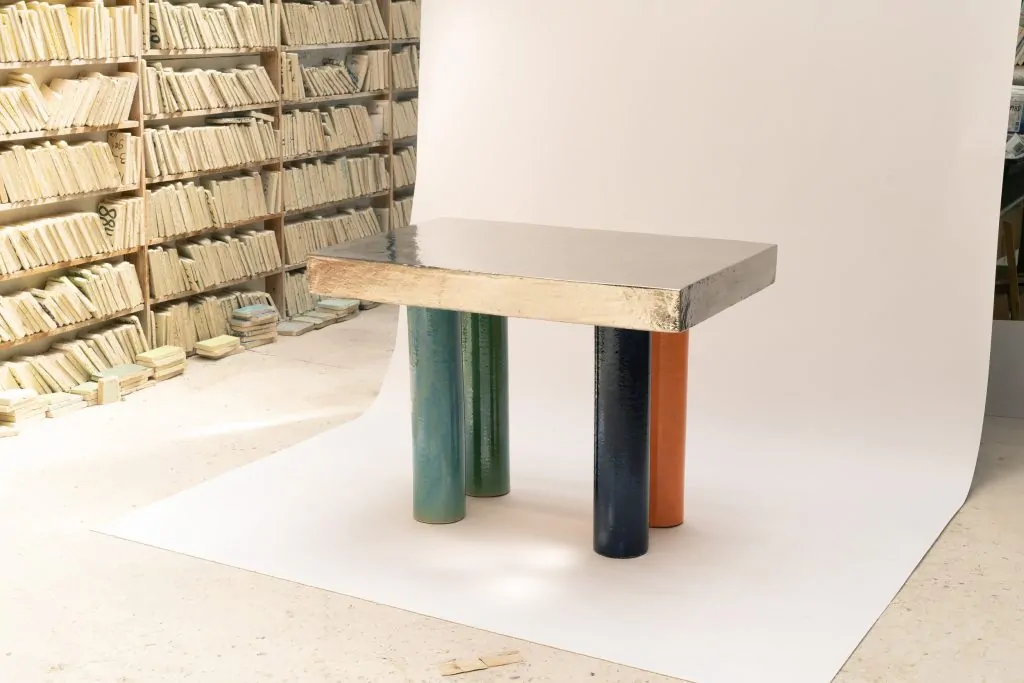
Time, memory, and ritual seem to be recurring themes in your practice. How do you personally experience time in the studio, and how does that translate into the physicality of your work?
Luna Paiva: All pieces are handmade in gres ceramic and patiently dried and glazed. This aspect of the production is important to me; I learned watching Moroccan artisans create tiles for the playground sculptures I made for the orphanage in Amizmiz, and I’m eager to base my own practice on this careful kind of idiosyncrasy. There’s enough large-scale production in the world to bring it into the studio.
Luna Paiva: The Seed opens on the 4th of September 2025 until the 10th of November 2025 at STUDIOTWENTYSEVEN, New York
©2025 Luna Paiva, STUDIOTWENTYSEVEN


